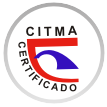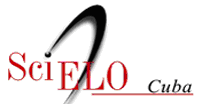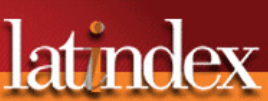Submissions
Submission Preparation Checklist
As part of the submission process, authors are required to check off their submission's compliance with all of the following items, and submissions may be returned to authors that do not adhere to these guidelines.- The submission has not been previously published or submitted for consideration by any other journal (or an explanation has been provided in the Comments to the Editor).
- The submission file is in OpenOffice, Microsoft Word, RTF or WordPerfect format.
- Whenever possible, URLs are provided for references.
- The text is spaced 1.5 spaced; 10 point font size; italics are used instead of underlining (except in URLs); and all illustrations, figures and tables are placed in the appropriate places in the text, rather than at the end.
- The text adheres to the stylistic and biliographic requirements outlined in the Author Guidelines, which appear in About the Journal.
- If submitting to a peer-reviewed section of the journal, the instructions in Secure anonymous review should be followed.
Copyright Notice
The publishing house “Universo Sur”, of the University of Cienfuegos, publishes the content of the Journal “Universidad y Sociedad” under a Creative Commons Attribution-NonCommercial-NoDerivs 4.0 International License.
The contents of this publication may be reproduced, in part or in whole, provided that it is reproduced verbatim and the source is acknowledged.
Privacy Statement
Privacy Statement
The entire content of the Journal Universidad y Sociedad is registered and protected by the laws of protection of intellectual property. The intellectual property rights of each article are assigned by the authors to the journal. When submitting the manuscript, and only if it is accepted for publication, the authors accept that the copyright of their article is transferred to the journal. However, all requests for authorization by the authors for the purpose of reproducing their articles will be considered.
The names and email addresses entered in this journal will be used exclusively for the established purposes in it and will not be provided to third parties or for their use for other purposes.









